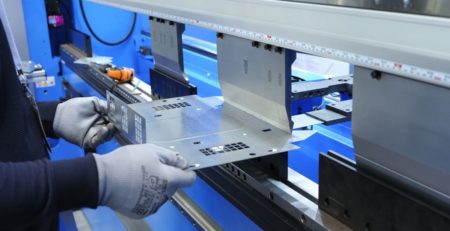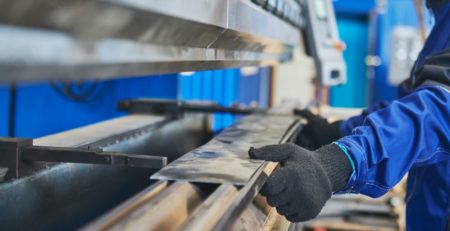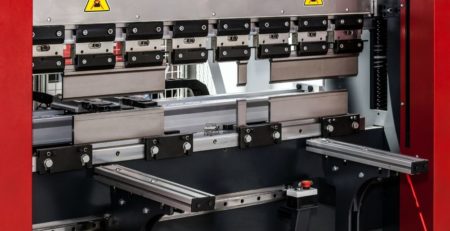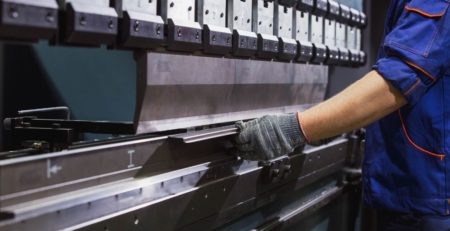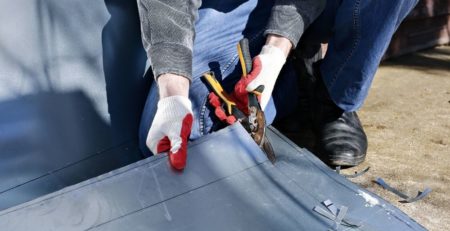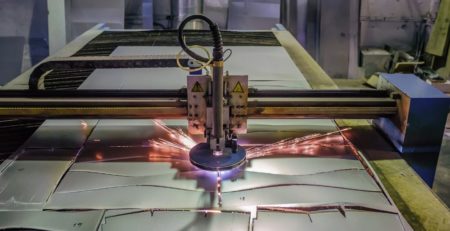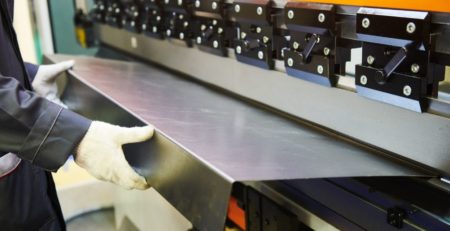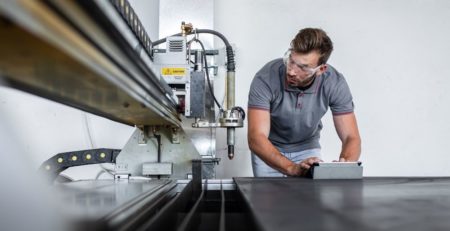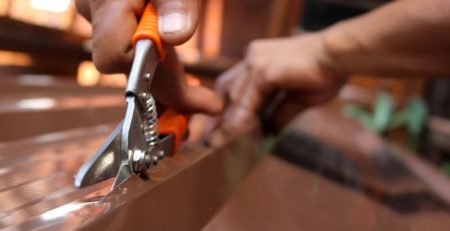How To Determine Quality in Structural Steel Fabrication
Project Managers, contractors, engineers, architects, and designers all rely on metal fabricators to supply structural steel for construction, and infrastructure projects. Fabricating structural steel beams and other building components requires skill, knowledge, and the proper machinery.
When contractors look for a structural steel fabrication partner, their top concern is quality. Knowing how to determine quality in structural steel fabrication helps these professionals select the right metal fabricating business to enlist as their partner. It gives them confidence that they will receive the beams they need, in the right size and configuration, cut and drilled according to their exact specifications. Here are a few areas that metal fabrication contractors gauge when selecting a partner to produce steel beams for buildings, infrastructure and other projects that require steel beam fabricating.
Experience and Reputation
Metal fabrication shops must be mindful that every order they fulfill carries their reputation. Clients searching for a structural steel fabrication operation will place strong faith in the company’s reputation and experience. Shops should be prepared with references, testimonials, photo galleries, and descriptions of past projects involving structural steel fabrication.
A prospective purchaser will want to know about the shop’s capabilities and ask for references of past recent work. Bending, cutting, coping, and drilling structural steel for construction are all aspects of structural steel fabrication that the shop should be able to demonstrate.
Material Grade, Source, and Testing
Different applications require different grades of steel. Constructing a high-rise building that must be earthquake resistant is different than building a one-story retail building, fabricating framing for a residential home, or creating pipes. Structural engineers and architects will specify the gauge of steel that will be required for their project, but it is ultimately up the metal fabricating shop to ensure the beams are delivered according to the job specifications.
This means metal fabrication operations must have procedures for testing steel to ensure it is of the correct grade and has the proper chemical composition, yield rating, flexibility (ductility), and tensile strength for its intended use. Materials should also be tested for corrosion resistance.
Machinery
In order to produce the correct specifications of structural steel beam require having machinery in place that can work with certain grades of steel. Whether it is to be bent, cut, welded, or drilled, a piece of steel’s quality will be evaluated by the consistency and cleanliness of the output.
Well-equipped metal fabrication shops will have an array of different machinery designed to work on structural steel, such as cutting, drilling, welding, and coping machines. These may include laser and plasma cutters, angle punching tools, tube cutting tools, and engraving equipment to meet a client’s structural steel component needs.
The facility may also be required to provide further finishing of a structural steel product, such as applying paint or other coatings, deburring heat-treated steel, or polishing stainless steel sheathing for buildings.
Safety Protocols and Compliance
To be perfectly honest, accidents delay production. It’s in everyone’s best interests to meet or exceed all applicable safety protocols and OSHA requirements. Skilled metal fabrication workers are in short supply, and no metalworking operation can afford to lose a worker to injury. Neither can they afford to run poorly maintained equipment.
Additionally, OSHA violations can result in stiff fines that impair a shop’s ability to keep up with the latest technology and increase costs. Metal fabricators should show how materials are shipped, stored, and handled to prevent damage or contamination. They should also be able to provide assurances about how each worker’s performance is monitored and evaluated and how often retraining and evaluation are required.
A metal fabrication business’s ability to operate depends on proper safety precautions, as well as timely maintenance of their machinery. Prospective clients will check a company’s record of downtime due to safety or maintenance issues.
Quality Assurance Procedures
It’s one thing to have equipment in place that can cut or bend structural steel, but quite another to have procedures in place that consistently monitor the quality of the resulting finished beams. In addition to testing the base material before or when it arrives at the shop, metal fabricators must be able to show how and how often they check to ensure their finished projects meet specifications.
Things like thickness, surface smoothness, burrs, and a record of all the processes applied to the workpieces help both the shop and the customer feel confident about the quality of the work. Certified inspectors should be on hand to evaluate welding, cutting, drilling, and bending to ensure each process meets their standards.
Precision
Computer-assisted design, lasers, and CNC machining have radically improved precision in metal fabrication. Specifications may require detailed fabrication down to the millimeter. New equipment has also enabled advancements in architecture and design that can manipulate steel into new shapes and configurations.
Structural steel cutting machines now incorporate robotics that reduce mistakes and improve safety. Automation allows for precise measurements regardless of wear, rust, or material variations. Robotic assembly and welding machines can scan, position, and weld structural steel components quickly and accurately.
Communication
A client and fabrication shop must be able to communicate with one another clearly. Any misunderstandings or miscommunications can result in waste and delay. Gaining a reputation for accessibility, clear communication, and responsive customer service contributes to the overall impression of quality that a metal fabrication business presents.
Communication includes asking questions—not just from the prospective client to the shop, but also vice versa. A metal fabrication operation that asks intelligent questions and probes to gain a complete understanding of the desired outcome of the job from the earliest point of conversation shows they care about quality from the very beginning.
Shipping
Everything can go swimmingly in the fabrication process, but shipping delays or snafus can derail entire projects and dissipate all the good will built up from fast and accurate production. Before taking on a new project, if a concern should arise the ability assurance that shipping will beonce the job is ready. Of course, circumstances beyond human control, like natural disasters, can’t be predicted, but there should be contingency plans in place to manage events and ensure products keep moving..
For cost-effective, quality metal fabrication equipment, including robotic, plasma, and laser machines, contact Mac-Tech. Browse our collections and call us to discuss your shop’s needs. We can help you find the solutions to equip your operation with machines that will enable you to provide the highest quality work in the shortest amount of time.




